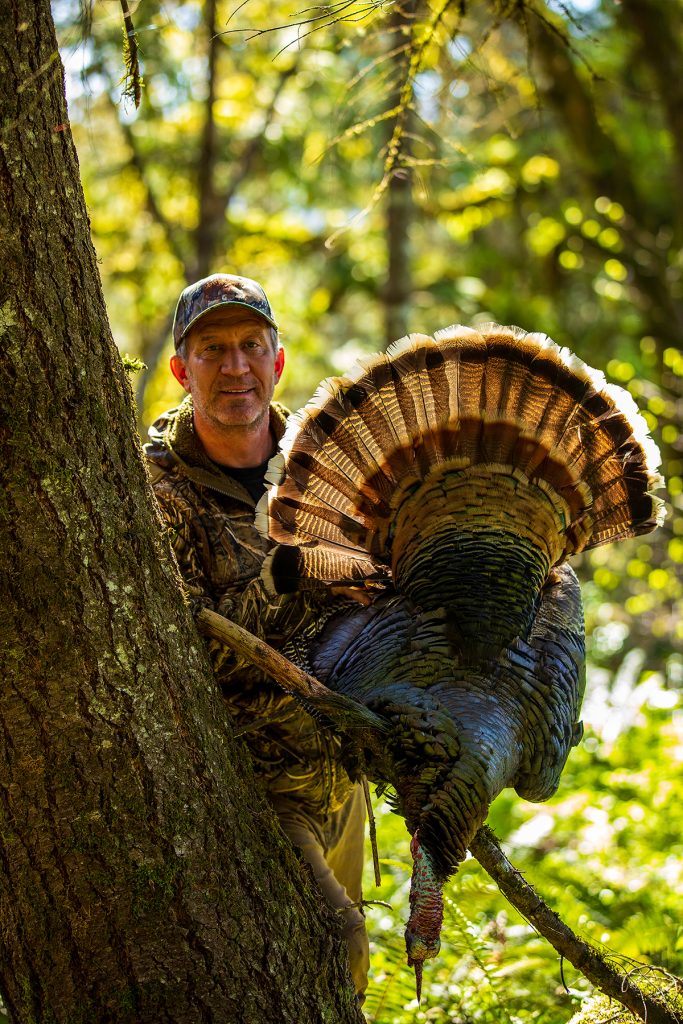Do I Need a Turkey Decoy?
Decoys can be useful, but consider leaving them in the truck for certain instances.
You will never forget your first turkey hunt. Mine took place in the rolling oak hills of Western Oregon in 1985. I was alone. My first locator calls got multiple toms gobbling on the roost. My heart raced.
I moved closer before setting up to call. Two toms had gobbled in a wooded draw below me, farther down the ridge. I moved closer to the ones down the hill, sat against a fat oak tree and prepared to call. I was 15 yards inside the hardwoods, a tiny grass meadow covered in little yellow wildflowers in front of me.
I called, and the toms gobbled back. They were close. Before I knew it, they crested the rise and were in the meadow where I figured they'd stop and strut, like on the TV hunting shows I'd seen. Instead, it became a footrace across the opening and into the woods where I sat. They were looking for the hen that didn't exist. The shot was simple. Since that hunt, I've taken a number of toms without using a decoy.
When hunting in thick cover or wooded habitat, I often go without any decoys. The goal is to keep approaching toms on the move, eagerly searching for the phantom hen.
Thick habitats can see toms approaching from any angle. More than once, I've used decoys in these settings only to have toms come in from behind and hang up where I couldn't get a shot. Had I not had a decoy, I'm confident many of those birds would have walked past me in search of the lovesick hen.
Weather conditions can also impact the decision to turkey hunt without the aid of a decoy. Wind is the most significant factor. Because turkeys can't smell us, I like moving with the wind through draws or across hillsides, calling as I go. This allows the sounds to carry a long way. I'll often call and move, but the instant I hear a tom gobble or see one, I sit down and keep calling. A gobble made from downwind can sound very far away, but often, the tom is surprisingly close, so be ready. I've had them come in fast on windy days, frantically searching for a hen. Other times, they approached cautiously but kept coming until they were within shooting range.

When hunting pressured birds, I'll often locate toms from a distance, move to within 75 yards or closer and offer light yelps, not using a decoy at all. The intent is to mimic a hen that's slipped into the tom's area and surprise it. With a decoy, an educated tom often hangs up the instant he sees it, expecting the hen to go to the tom as happens in nature. But if an approaching tom can't see a decoy, it will often keep coming, sometimes without making a sound.
More often than not, it helps to have a turkey decoy, but it's not always necessary to fill a tag. Assess the landscape and condition, make sure there are multiple pathways from which an approaching tom can reach you, and let your calling do the rest.
